February 1, 2019
Is Naomi Osaka Japanese enough for Japan?
 Naomi Osaka at the 2018 Nottingham Open qualifiers, photo by Peter Menzel, Creative Commons/flickr
Naomi Osaka at the 2018 Nottingham Open qualifiers, photo by Peter Menzel, Creative Commons/flickr
I love following the exciting young career of Naomi Osaka, the world’s first Japanese tennis star who has been ranked number-one by the Women’s Tennis Association, after her recent win in the Australian Open.
I love her passion and skill and determination to win. And most of all, I love that she is mixed-race, with a Japanese mom and Haitian dad. And, that she’s culturally as American as she is Japanese or Haitian.




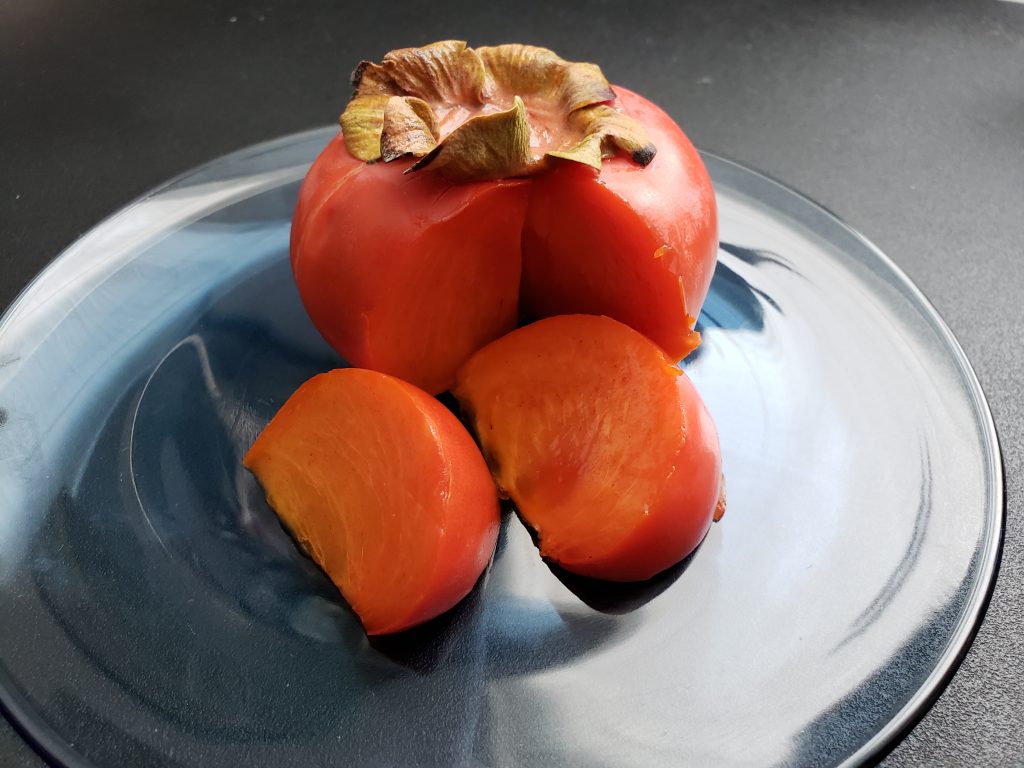 I love kaki. That's Japanese for persimmon.
Not everyone knows what a persimmon is, so let me explain. Persimmons are a popular fruit that is grown through much of Asia. The Japanese call it "kaki" (kah-key). Kaki are wonderfully sweet when they're ripe, but depending on the strain of kaki, they can be bitter.
I learned to love kaki as a kid growing up in Japan.
I love kaki. That's Japanese for persimmon.
Not everyone knows what a persimmon is, so let me explain. Persimmons are a popular fruit that is grown through much of Asia. The Japanese call it "kaki" (kah-key). Kaki are wonderfully sweet when they're ripe, but depending on the strain of kaki, they can be bitter.
I learned to love kaki as a kid growing up in Japan.
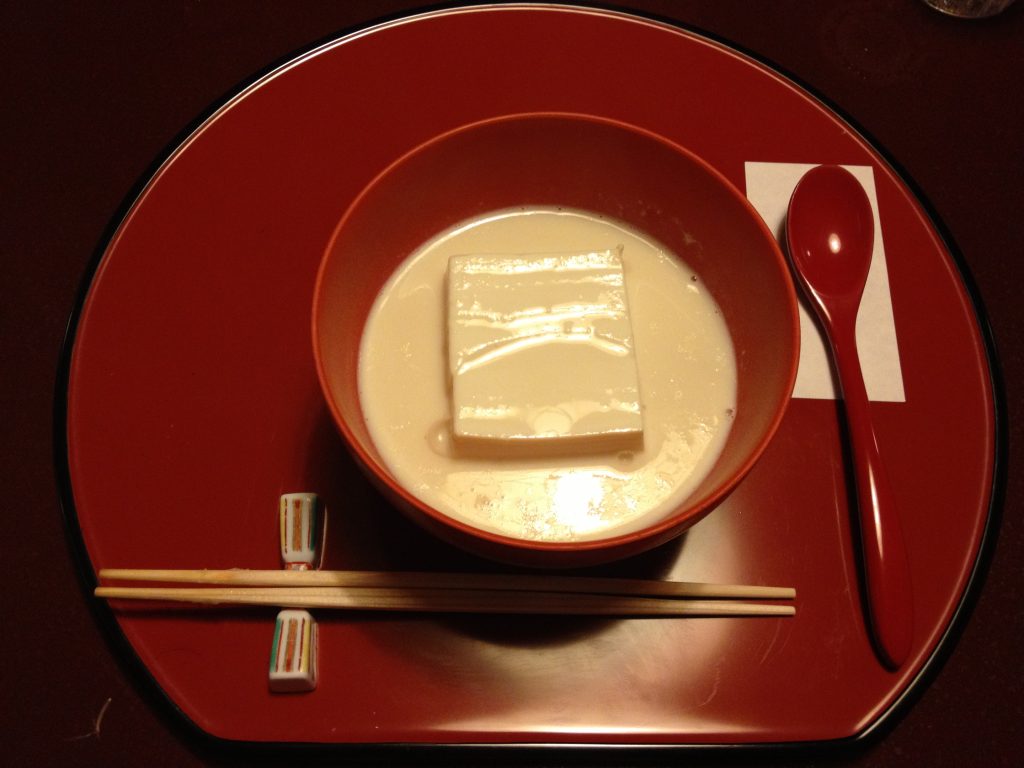 Something that can't be replicated by a "fake" Japanese restaurant in the US: Homemade Tofu served as part of a multi-course feast at Ukai, a lovely traditional Tokyo tofu restaurant.
I’m still pondering the
Something that can't be replicated by a "fake" Japanese restaurant in the US: Homemade Tofu served as part of a multi-course feast at Ukai, a lovely traditional Tokyo tofu restaurant.
I’m still pondering the 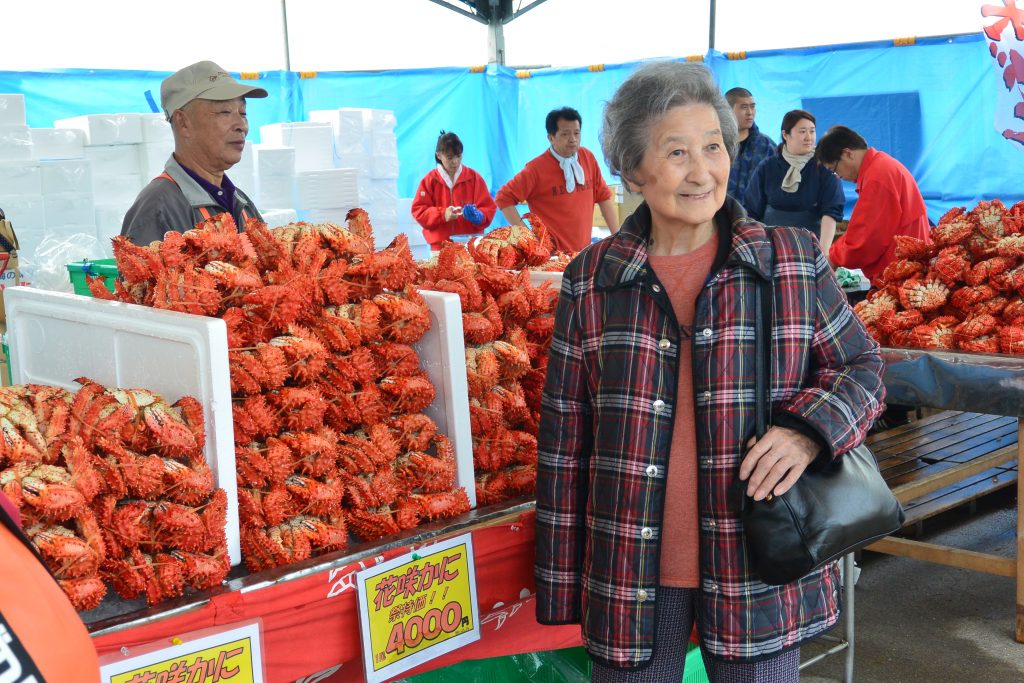 My mom has suffered from worsening dementia for years, and when my brothers and I saw increasing signs that she is no longer able to live by herself we moved her into a Memory Care Center nearby.
Two years ago, my wife Erin and I took the last of several trips to Japan with my mom.
My mom has suffered from worsening dementia for years, and when my brothers and I saw increasing signs that she is no longer able to live by herself we moved her into a Memory Care Center nearby.
Two years ago, my wife Erin and I took the last of several trips to Japan with my mom.
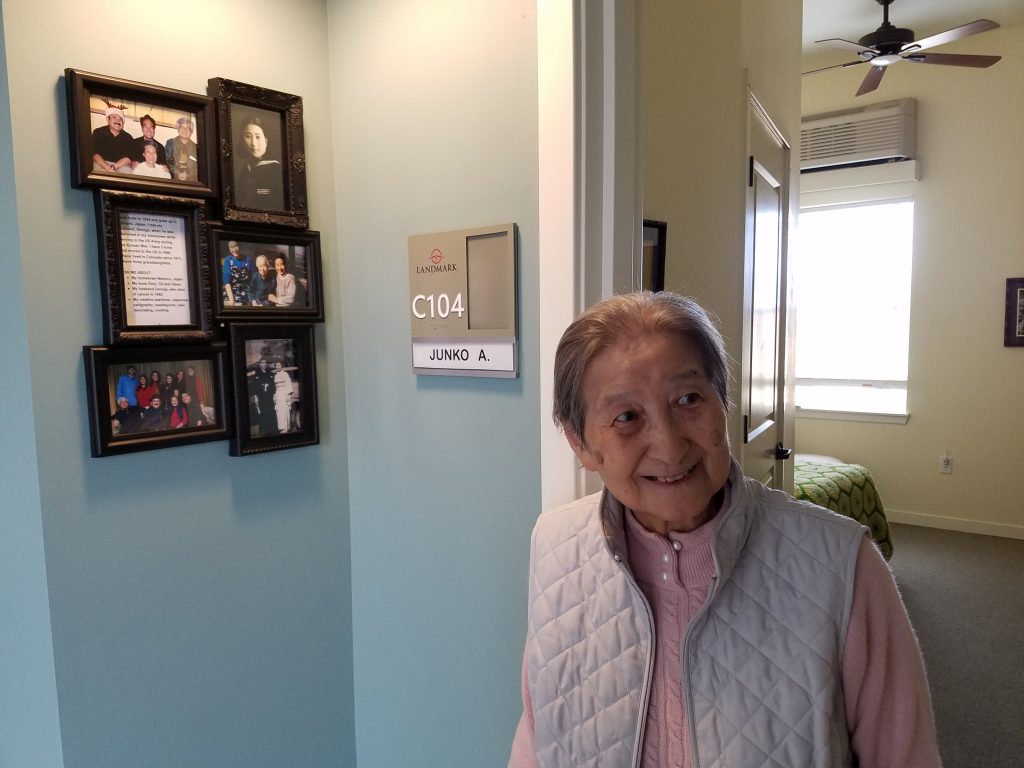 My brother Glenn and I moved my mom from her house in Lafayette, Colorado, last month to live in a memory care facility nearby. She’s had dementia for a long time, and it’s gotten noticeably worse for the past couple of years. I’m still sorting through how it felt to take her out of her house, and how it feels now.
My brother Glenn and I moved my mom from her house in Lafayette, Colorado, last month to live in a memory care facility nearby. She’s had dementia for a long time, and it’s gotten noticeably worse for the past couple of years. I’m still sorting through how it felt to take her out of her house, and how it feels now.
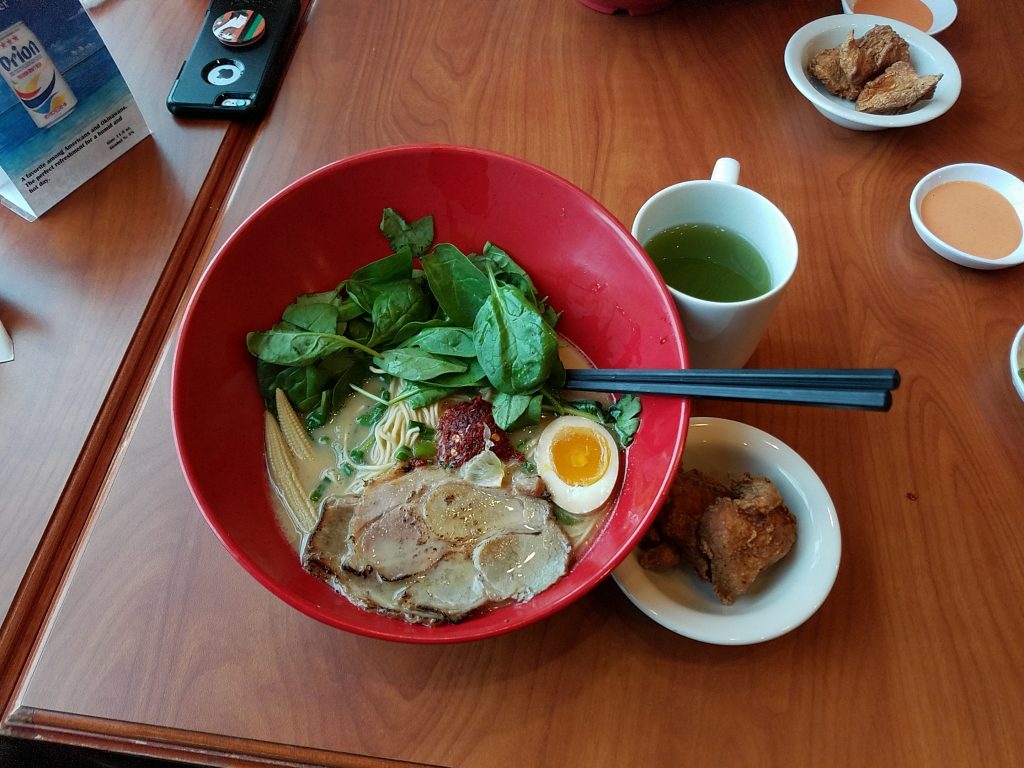 My friends (and anyone who follows my social media “food porn” photos) know that I’m a snob about Japanese food. I have strong opinions on the best tonkatsu fried pork cutlets, real vs. fake sushi and Japanese restaurants staffed by non-Japanese who can’t pronounce menu items correctly. And, because I love ramen, I hate bad ramen – and in Denver bad ramen is much more common than the good stuff.
My friends (and anyone who follows my social media “food porn” photos) know that I’m a snob about Japanese food. I have strong opinions on the best tonkatsu fried pork cutlets, real vs. fake sushi and Japanese restaurants staffed by non-Japanese who can’t pronounce menu items correctly. And, because I love ramen, I hate bad ramen – and in Denver bad ramen is much more common than the good stuff.
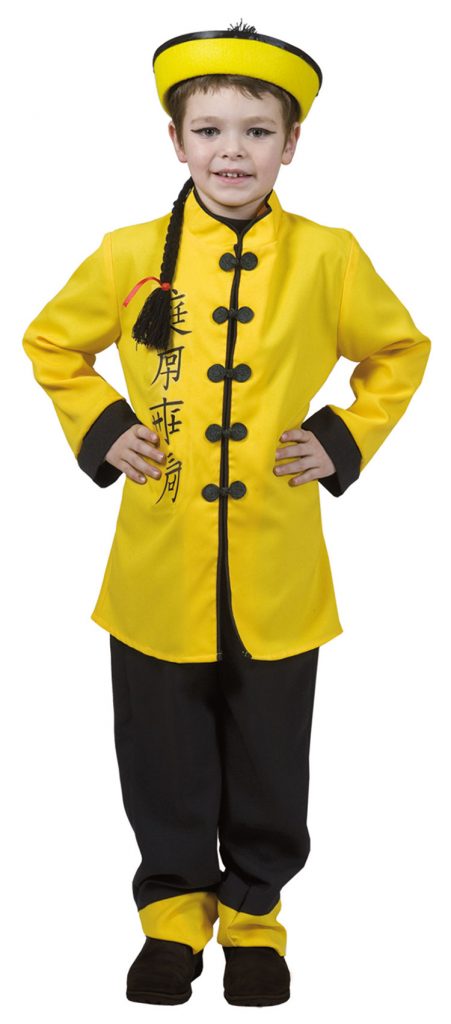 Yesterday I was heartened to see the news that the Cleveland Indians Major League Baseball team is going to stop using its blatantly racist caricature of an American Indian, "
Yesterday I was heartened to see the news that the Cleveland Indians Major League Baseball team is going to stop using its blatantly racist caricature of an American Indian, " Erin and I attended the opening performance of "
Erin and I attended the opening performance of "